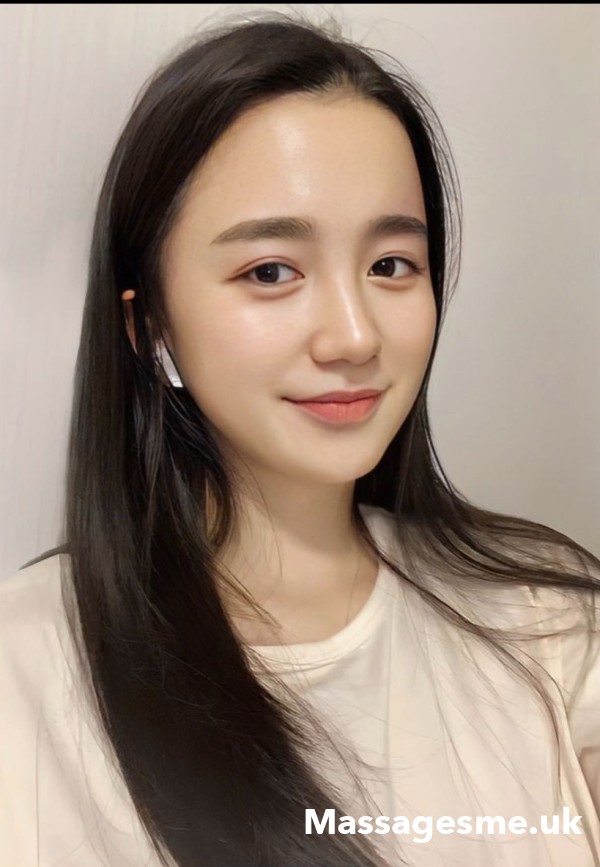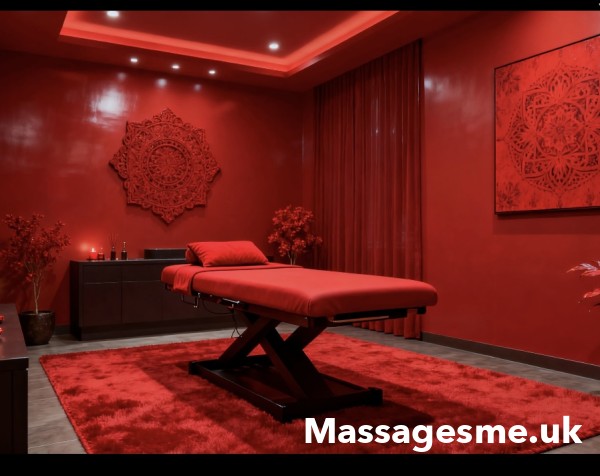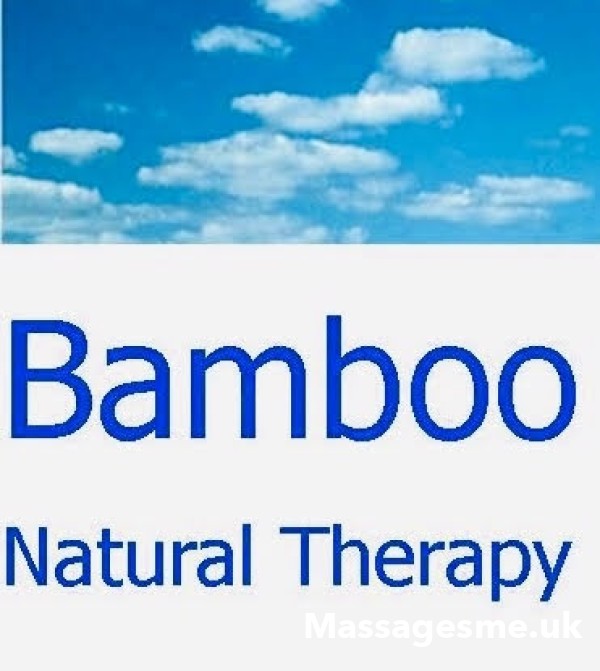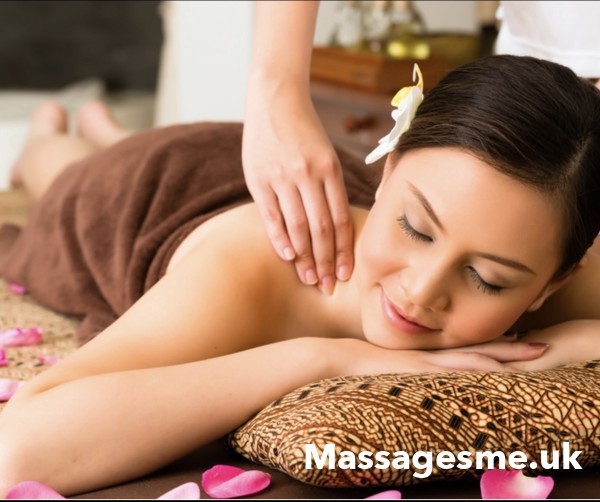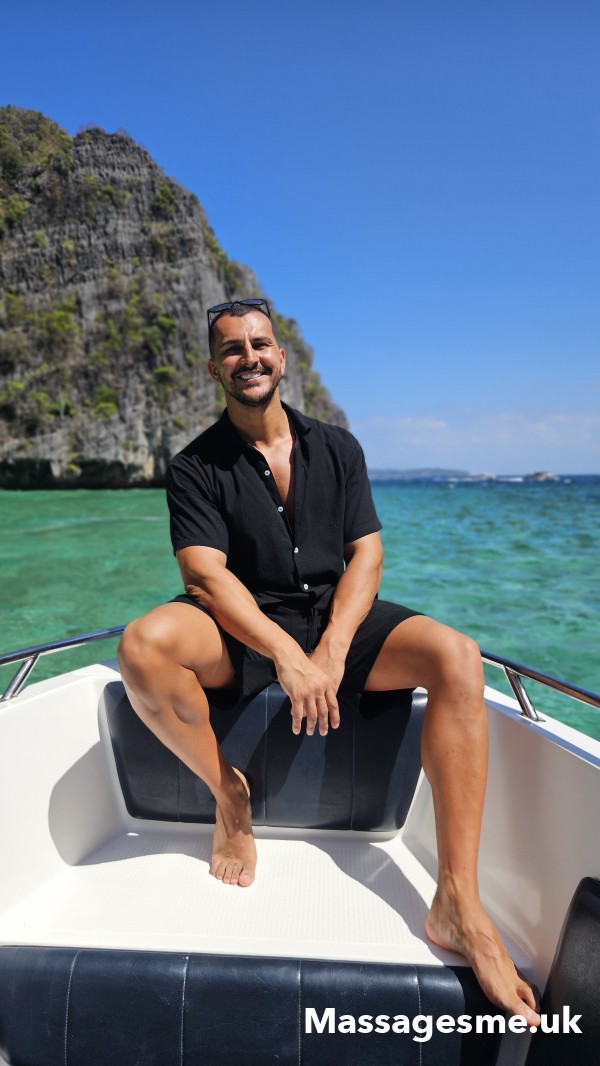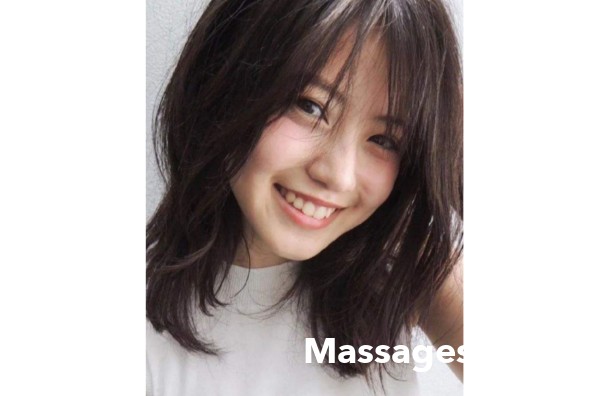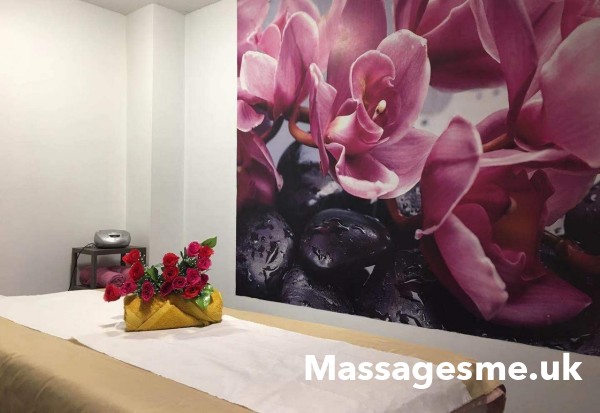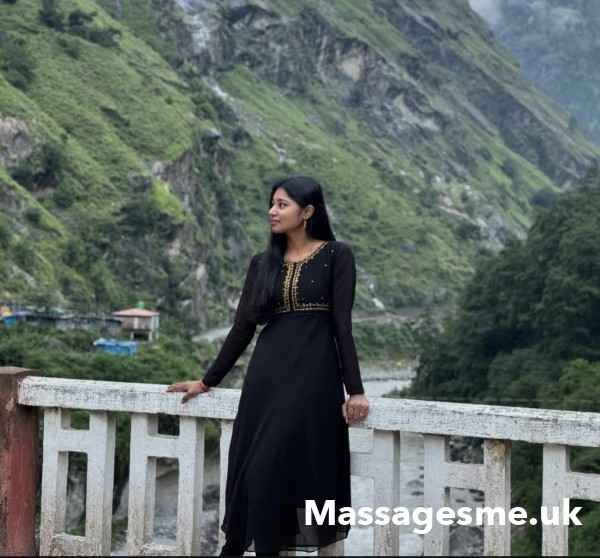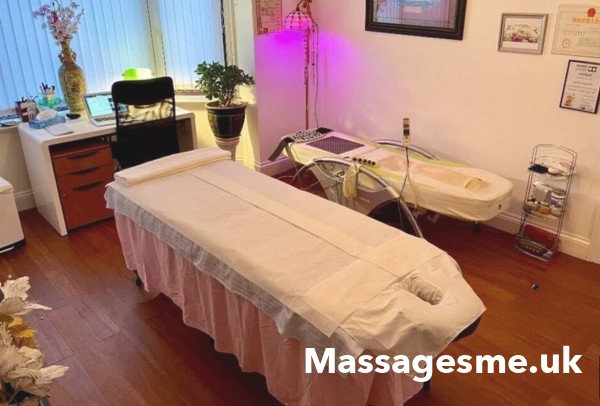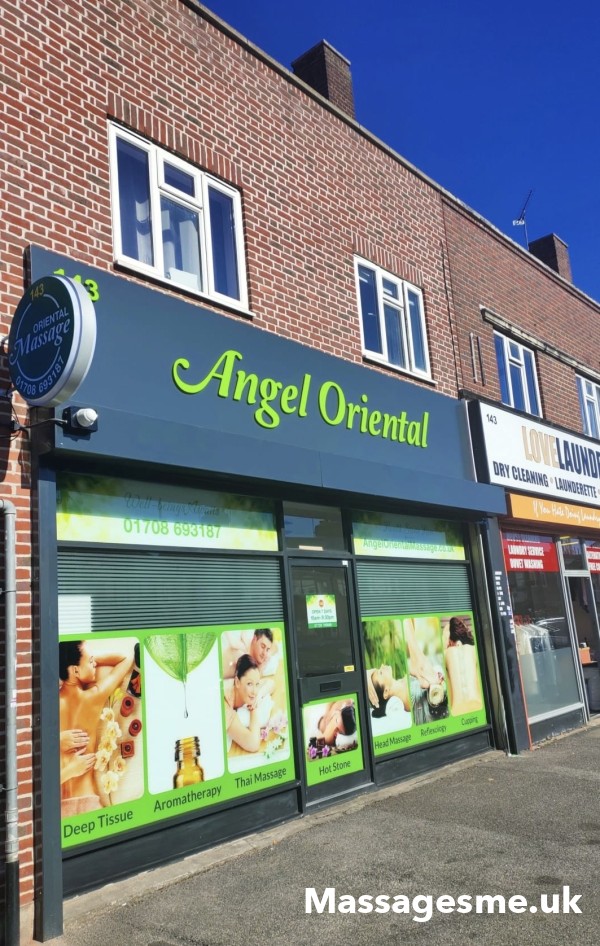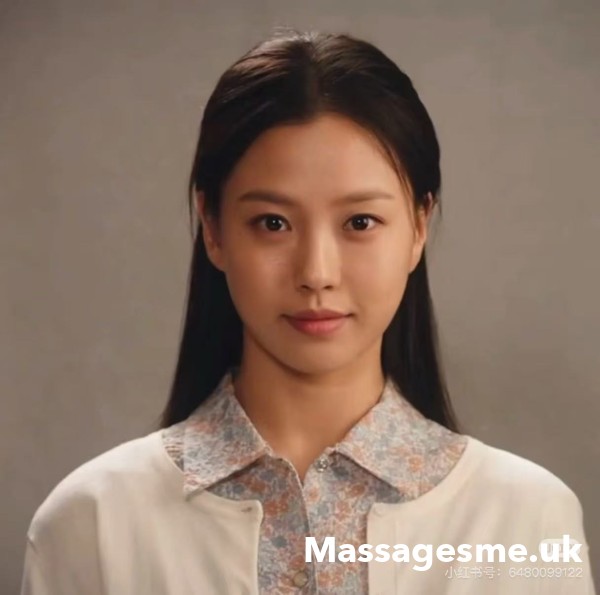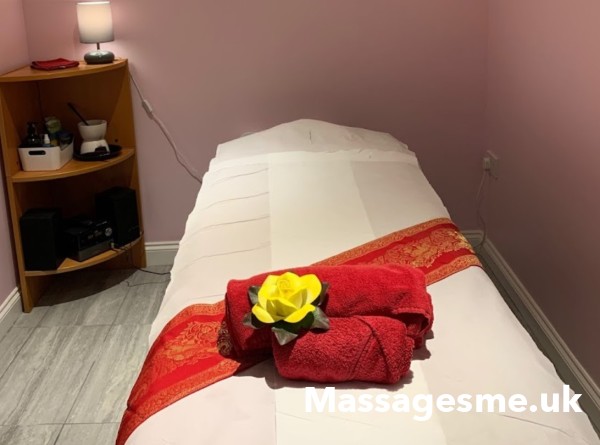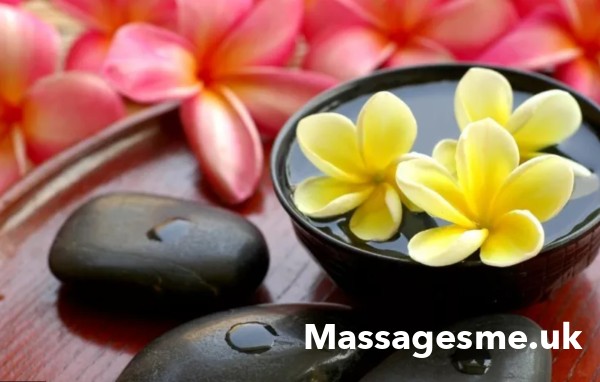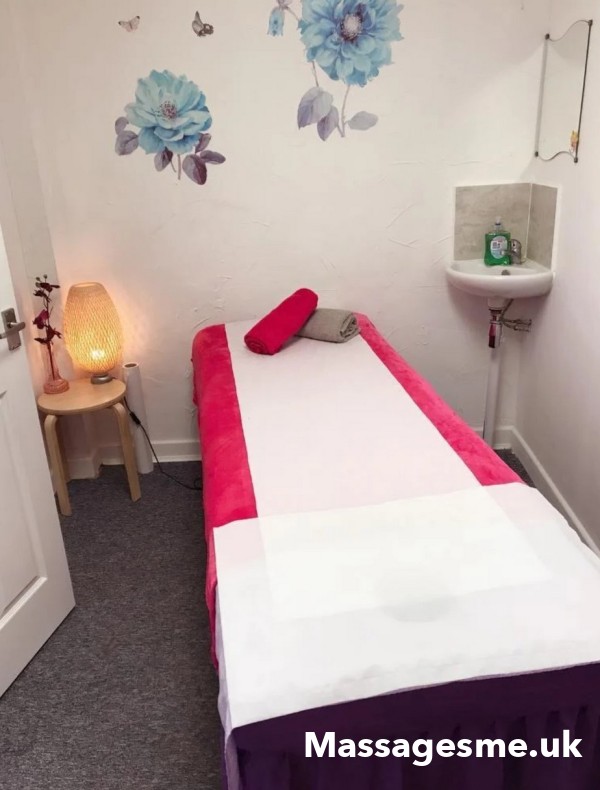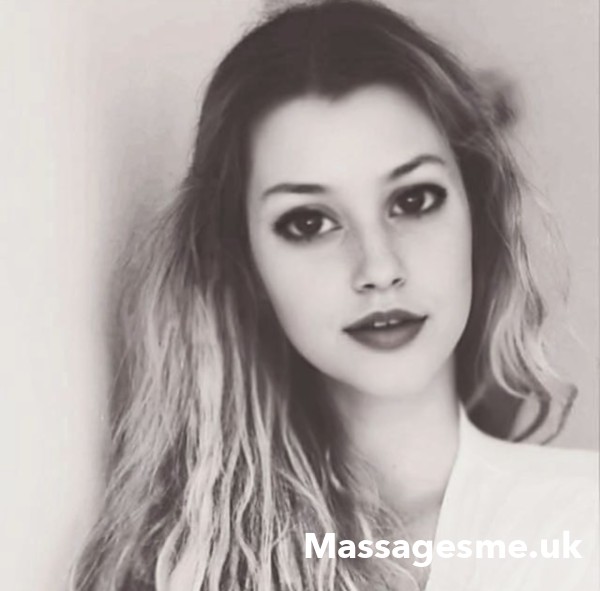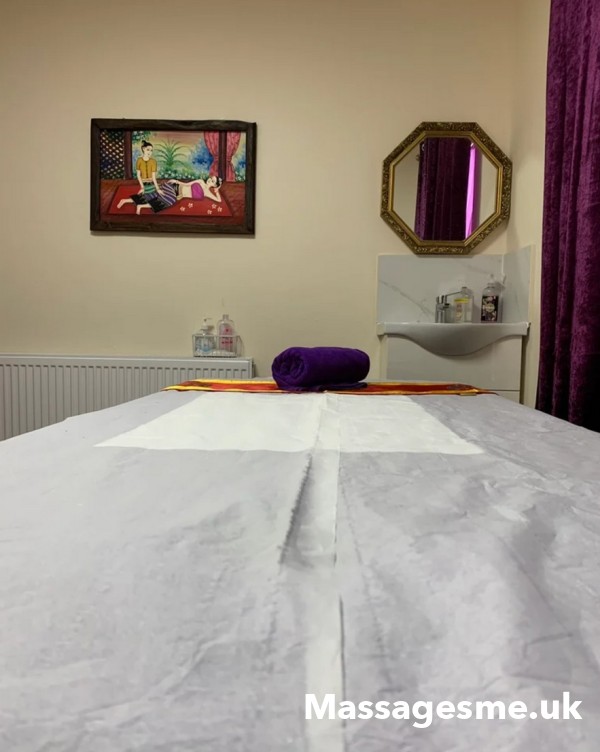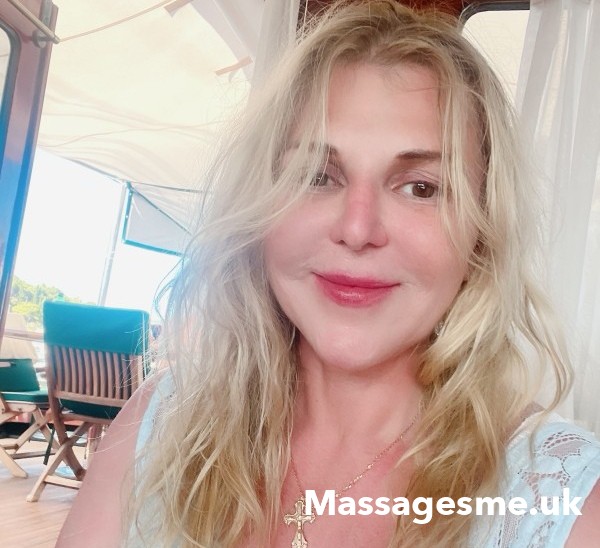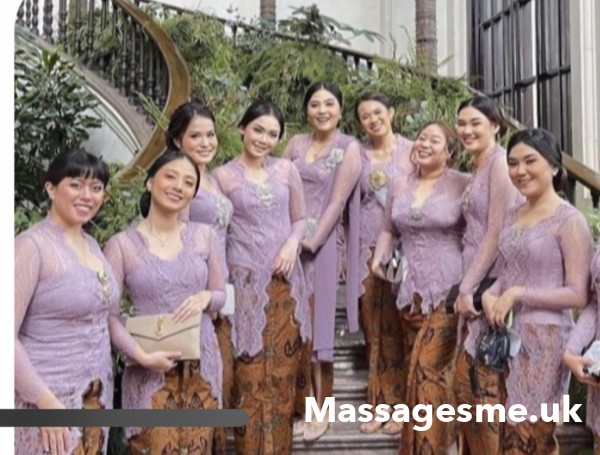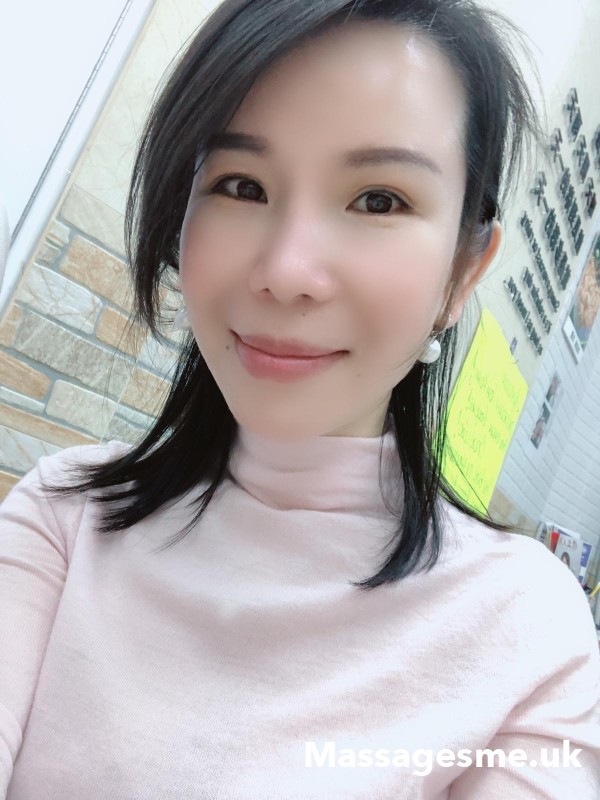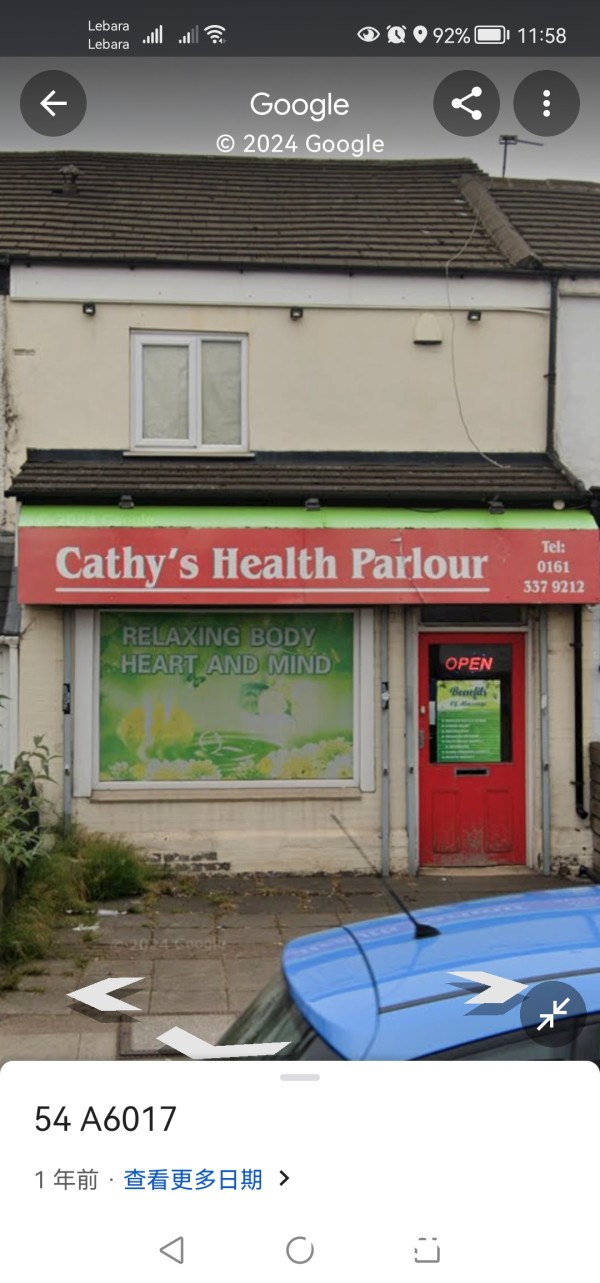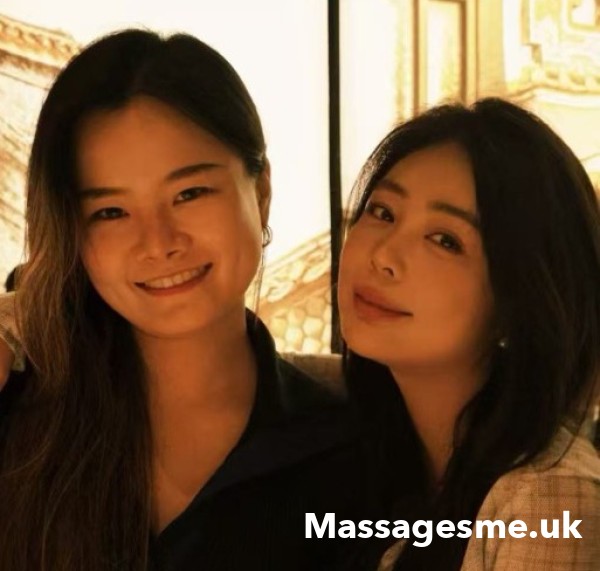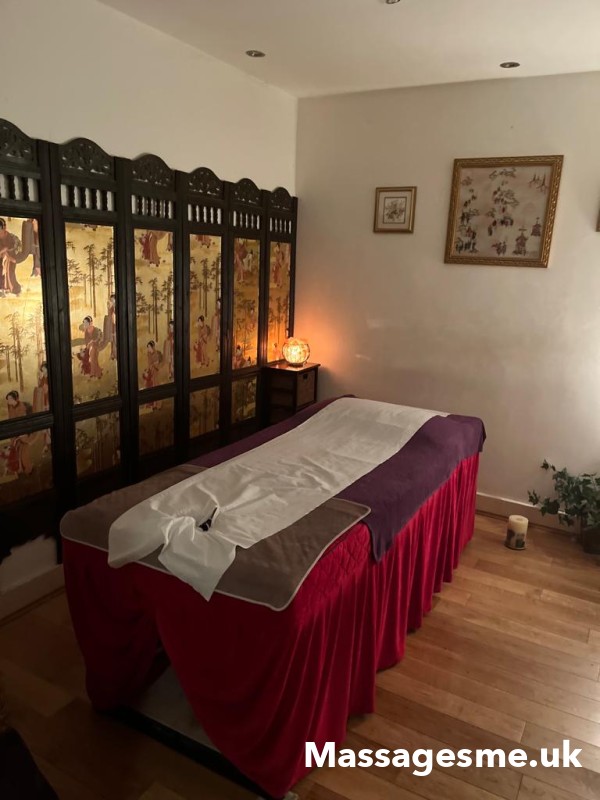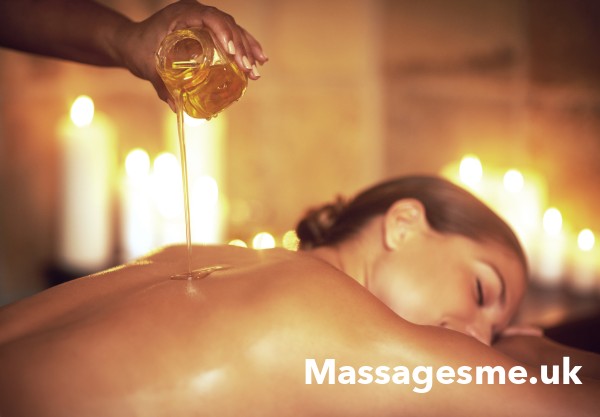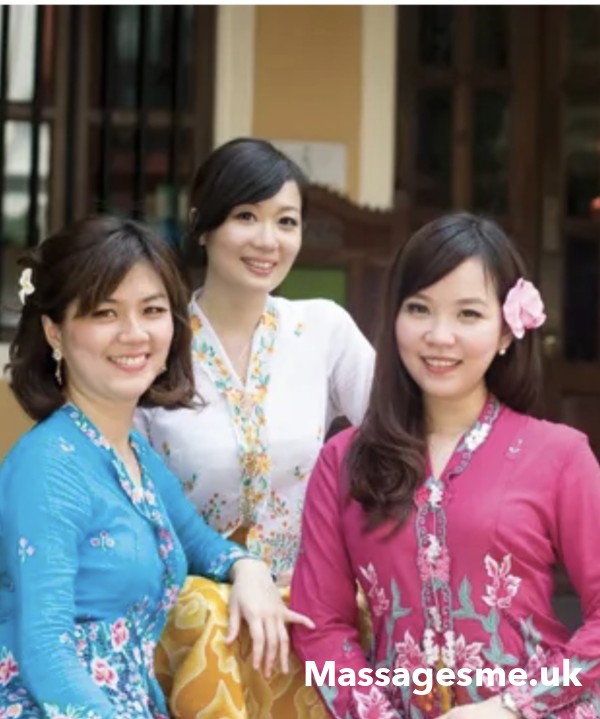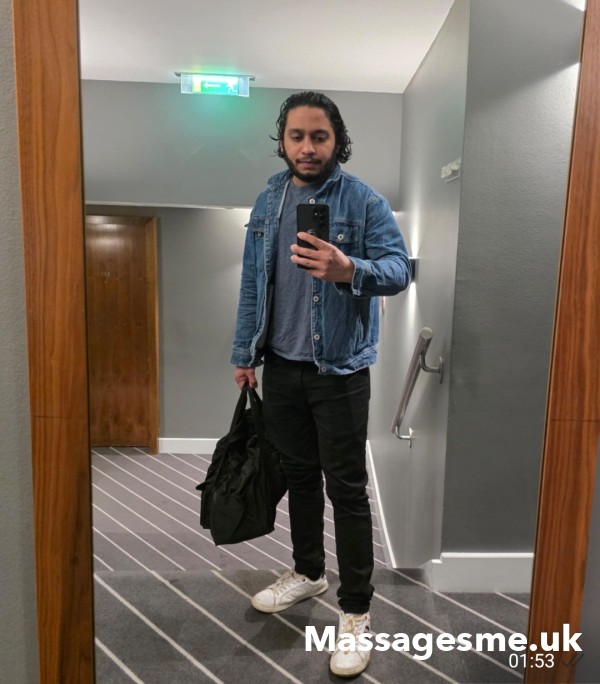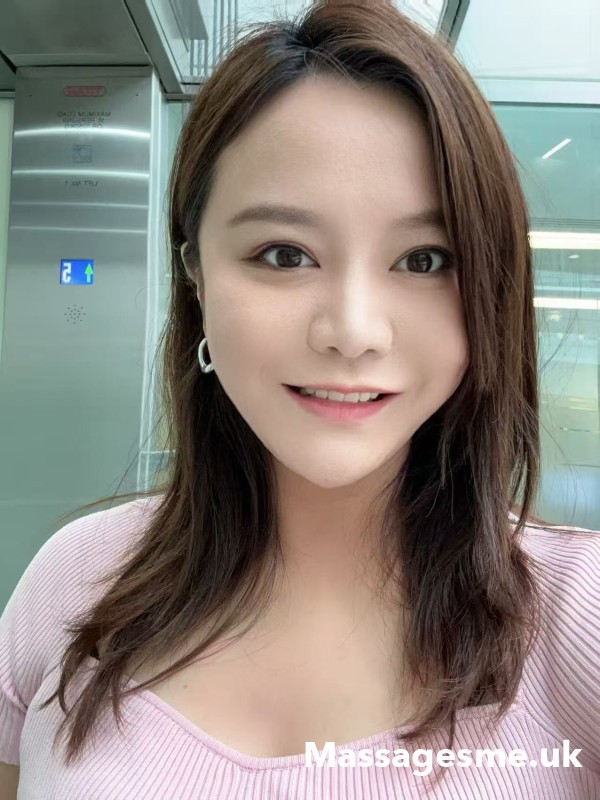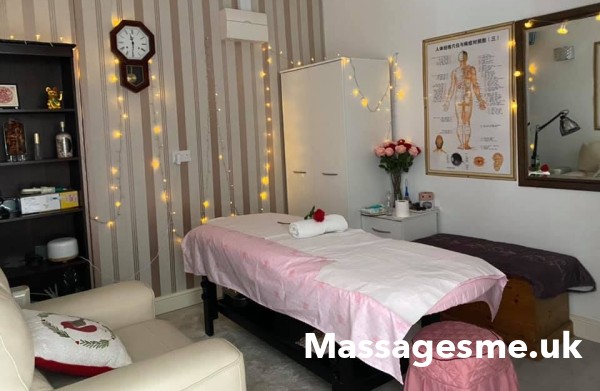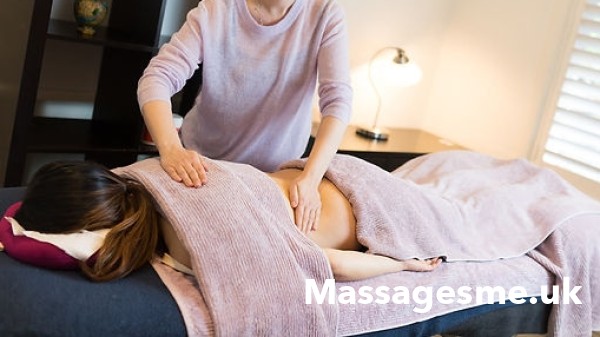Chinese massage (Tui Na) stands as a cornerstone of Traditional Chinese Medicine, offering a powerful healing system that combines manual therapy with ancient medical principles to treat both physical ailments and internal conditions without needles. This 4,000-year-old practice employs precise hand techniques—'Tui' meaning 'to push' and 'Na' meaning 'to lift and squeeze'—to manipulate acupoints and regulate qi flow throughout the body's meridian system.
Chinese Massage Research Statistics
- Clinical Effectiveness: 85% of patients show significant improvement in chronic pain conditions after 8 weeks of Tui Na therapy
- Digestive Health: 78% improvement rate for functional digestive disorders treated with Tui Na massage
- Respiratory Conditions: 72% of asthma patients report reduced symptom severity following regular Tui Na treatment
- Sleep Quality: 91% of insomnia patients experience improved sleep patterns after 6 weeks of treatment
- Global Practice: Over 500 million people worldwide regularly use Traditional Chinese Medicine, with Tui Na being the second most popular therapy after acupuncture
- UK Growth: 65% increase in TCM clinic registrations in the UK over the past 5 years
Traditional Chinese Medicine Foundations and Tui Na Principles
Ancient Medical Philosophy and Modern Applications
Tui Na operates within the comprehensive framework of Traditional Chinese Medicine, utilising diagnostic principles and treatment strategies that have been refined over millennia to address both symptoms and underlying constitutional imbalances.
Core TCM Principles in Tui Na:
- Qi (Life Energy) Regulation: Systematic manipulation to restore proper energy flow throughout the body's meridian system
- Yin-Yang Balance: Techniques designed to harmonise opposing forces and restore constitutional balance
- Five Element Theory: Treatment approaches based on organ system relationships and seasonal influences
- Zang-Fu Organ Systems: Addressing both physical organs and their energetic functions through specific acupoint combinations
- Pattern Differentiation: Individualised treatment based on comprehensive TCM diagnosis rather than Western symptom classification
Meridian System and Acupoint Theory
Tui Na's effectiveness stems from its precise targeting of the body's 14 primary meridians and over 360 classical acupoints, each with specific therapeutic properties and clinical applications.
Primary Meridian Systems:
- 12 Regular Meridians: Bilateral pathways connecting internal organs with specific body regions
- Ren Mai (Conception Vessel): Central anterior pathway governing yin energy and reproductive health
- Du Mai (Governing Vessel): Central posterior pathway controlling yang energy and spinal function
- Extra Meridians: Secondary pathways providing additional therapeutic access points
Acupoint Categories and Functions:
- Yuan (Source) Points: Fundamental energy sources for organ system regulation
- Shu (Transport) Points: Specific therapeutic effects based on five-element correspondences
- Mu (Alarm) Points: Diagnostic and treatment points for organ dysfunction
- Xi (Cleft) Points: Emergency points for acute conditions and pain relief
Comprehensive Tui Na Technique Classifications
Traditional Hand Techniques and Applications
Professional Tui Na employs over 20 distinct hand techniques, each with specific therapeutic applications and physiological effects designed to address different aspects of health and healing.
Primary Manipulation Categories:
Pressing and Holding Techniques (An Fa):
- An (Pressing): Sustained pressure on specific acupoints using palms, thumbs, or fingers
- Mo (Circular Rubbing): Circular movements over broader areas to warm meridians
- Ca (Scrubbing): Linear friction techniques to generate therapeutic heat
Pushing and Pulling Techniques (Tui Na):
- Tui (Pushing): Unidirectional pressure following meridian pathways
- Na (Grasping): Lifting and squeezing soft tissues to release tension
- Qian Yin (Traction): Gentle pulling to decompress joints and stretch meridians
Vibrating and Percussive Techniques:
- Chan (Trembling): Rapid vibration to stimulate qi circulation
- Pai (Patting): Rhythmic percussion to invigorate yang energy
- Ji Dian (Pointing): Precise finger pressure on specific acupoints
Diagnostic Integration and Treatment Customization
Unlike Western massage approaches, Tui Na begins with a comprehensive TCM diagnosis to determine constitutional patterns, organ imbalances, and specific therapeutic strategies.
Traditional Diagnostic Methods:
- Wang (Observation): Assessment of complexion, body language, and overall appearance
- Wen (Inquiry): Detailed questioning about symptoms, lifestyle, and medical history
- Qie (Palpation): Pulse diagnosis and abdominal examination revealing internal patterns
- Ting (Listening/Smelling): Audio and olfactory cues indicating constitutional states
Evidence-Based Clinical Applications and Research
Musculoskeletal Conditions Research
Chronic Pain Management:
- Lower Back Pain: 82% of patients experience 50% or greater pain reduction after 6 weeks of Tui Na treatment
- Neck Pain: Systematic reviews show Tui Na equivalent to conventional physiotherapy for chronic neck pain
- Knee Osteoarthritis: 76% improvement in joint function and pain scores compared to control groups
- Fibromyalgia: Significant reductions in tender point sensitivity and sleep disturbance
Neurological Applications:
- Stroke Recovery: Enhanced motor function recovery when combined with conventional rehabilitation
- Peripheral Neuropathy: Improved nerve conduction and reduced numbness in diabetic patients
- Headache Disorders: 68% reduction in migraine frequency with regular Tui Na treatment
Internal Medicine Applications
Digestive System Disorders:
- Irritable Bowel Syndrome: 74% improvement rate in symptom severity and quality of life measures
- Functional Dyspepsia: Significant improvements in gastric motility and symptom relief
- Chronic Constipation: 85% of patients achieve regular bowel movements after 4 weeks
- Gastroesophageal Reflux: Reduced acid reflux episodes and improved lower oesophageal sphincter function
Respiratory Conditions:
- Asthma Management: 72% reduction in rescue inhaler use and improved peak flow rates
- Chronic Bronchitis: Enhanced mucus clearance and reduced cough frequency
- Allergic Rhinitis: Decreased symptom severity and reduced medication dependence
Reproductive Health:
- Menstrual Irregularities: 79% of women achieve regular cycles after 3 months of treatment
- Fertility Support: Improved conception rates when combined with fertility treatments
- Menopause Symptoms: Reduced hot flashes and improved sleep quality
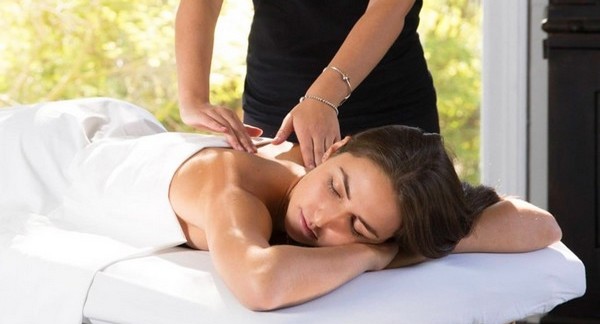
Tui Na vs. Other Massage Modalities
| Aspect | Chinese Tui Na | Swedish Massage | Deep Tissue Massage |
|---|---|---|---|
| Theoretical Foundation | Traditional Chinese Medicine principles | Western anatomy and relaxation | Western anatomy and structural work |
| Diagnostic Approach | TCM pattern differentiation | Comfort and relaxation assessment | Structural and pain assessment |
| Treatment Targets | Acupoints, meridians, organ systems | General muscle relaxation | Deep muscle layers and adhesions |
| Technique Application | Dry manipulation with varied intensity | Oil-based flowing strokes | Sustained pressure on specific areas |
| Health Philosophy | Constitutional balance and qi regulation | Stress relief and general wellness | Structural problem resolution |
| Treatment Scope | Internal and external conditions | Primarily stress and tension | Musculoskeletal issues |
Safety Considerations and Professional Standards
Traditional Contraindications and Precautions
Absolute Contraindications:
- Acute Infections: Fever, active viral or bacterial infections
- Severe Cardiovascular Conditions: Uncontrolled hypertension, recent heart attack, severe arrhythmias
- Cancer Considerations: Active tumours in treatment areas without oncologist approval
- Pregnancy Restrictions: Certain acupoints contraindicated during pregnancy
- Acute Trauma: Fresh injuries, fractures, or open wounds
- Mental Health Crisis: Severe psychiatric episodes or acute psychosis
Relative Contraindications (Requiring Modification):
- Chronic Conditions: Diabetes, autoimmune disorders requiring careful assessment
- Medication Interactions: Blood thinners or medications affecting pressure sensitivity
- Age Considerations: Very young or elderly patients requiring gentle approaches
- Emotional Sensitivity: Trauma history requiring trauma-informed care approaches
Professional Qualification Standards for TCM Practitioners
- TCM Education: Comprehensive training in Traditional Chinese Medicine theory and diagnosis
- Tui Na Certification: Specialised training in Chinese massage techniques and applications
- Acupoint Knowledge: Detailed understanding of meridian pathways and acupoint functions
- Clinical Training: Supervised practice with diverse patient populations and conditions
- Continuing Education: Ongoing study in TCM developments and treatment refinements
- Professional Registration: Membership with recognised TCM professional bodies
Chinese Massage Pricing and Professional Services
UK Chinese Massage (Tui Na) Pricing Guide (2025)
Traditional Chinese Medicine Clinics
- London TCM Centres: £60-£120 per session (60-90 minutes)
- Regional TCM Clinics: £45-£90 per session
- University TCM Clinics: £35-£70 per session (student practitioner rates)
- Integrated Health Centres: £50-£100 per session
Specialist TCM Practitioners
- Senior TCM Doctors: £80-£150 per session (includes consultation)
- Registered TCM Practitioners: £55-£110 per session
- TCM Massage Specialists: £50-£95 per session
Mobile TCM Services
- London Mobile TCM: £70-£140 (including travel and equipment)
- Regional Mobile Services: £60-£120 (including local travel)
- Corporate Wellness TCM: £65-£130 per employee session
Treatment Package Options
- Traditional Course Treatment: 10-12 sessions with 15-25% discount
- Seasonal Adjustment Packages: Quarterly treatments following TCM seasonal theory
- Constitutional Balancing Programmes: Comprehensive health optimization courses
Client Experiences and Traditional Medicine Testimonials
Integration with Traditional Chinese Medicine
Chinese massage (Tui Na) integrates seamlessly with other Traditional Chinese Medicine modalities for comprehensive healing approaches:
- With Acupuncture: Complementary point stimulation combining needle and manual techniques for enhanced therapeutic effects
- With Cupping Massage Therapy: Combined approaches to blood stagnation and qi circulation enhancement
- With Chinese Herbal Medicine: Internal and external treatment coordination addressing constitutional patterns
- With Moxibustion: Heat therapy combined with manual manipulation for yang qi deficiency conditions
- With Qigong Exercise: Movement practices supporting qi cultivation and circulation between treatments
- With TCM Dietary Therapy: Nutritional support enhancing constitutional balance and treatment outcomes
- With Gua Sha: Skin scraping techniques complementing Tui Na for circulation and inflammation
- With Lifestyle Counselling: Environmental and lifestyle modifications supporting overall health harmony
The Future of Chinese Massage in UK Healthcare
Chinese massage (Tui Na) continues gaining recognition within integrative healthcare systems throughout the United Kingdom as research validates traditional applications and clinical effectiveness.
Current Development Trends
- Research Integration: Growing clinical trials investigating Tui Na mechanisms and applications within Western medical contexts
- Healthcare Recognition: Increasing integration within NHS complementary therapy programmes and pain management services
- Education Standardization: Development of standardized TCM education programmes and professional certification systems
- Technology Integration: Modern diagnostic tools supporting traditional pattern differentiation and treatment planning
- Cultural Preservation: Maintaining authentic traditional approaches while adapting to Western healthcare environments
- Preventive Applications: Growing focus on constitutional health maintenance and disease prevention through regular treatment
Conclusion: Ancient Wisdom for Contemporary Health Challenges
Chinese massage (Tui Na) represents a sophisticated medical system that successfully bridges ancient healing wisdom with contemporary health needs, offering comprehensive therapeutic solutions that address both physical symptoms and underlying constitutional imbalances through systematic acupoint manipulation and qi regulation. This time-tested practice provides unique advantages in treating complex health conditions that often challenge conventional medical approaches, particularly chronic pain syndromes, digestive disorders, and stress-related conditions.
The key to successful Tui Na outcomes lies in working with appropriately qualified Traditional Chinese Medicine practitioners who possess a comprehensive understanding of TCM theory, diagnostic methods, and the cultural context that gives this practice its profound therapeutic power. When integrated thoughtfully into comprehensive healthcare approaches, regular Tui Na treatment provides measurable benefits that support both immediate symptom relief and long-term maintenance of constitutional health.
Whether addressing chronic health challenges, seeking preventive care, managing stress-related conditions, or pursuing overall wellness enhancement, qualified Chinese massage therapy offers a scientifically-validated yet traditionally-grounded therapeutic intervention that honours the body's natural healing intelligence whilst providing systematic support for optimal health and vitality.
Discover Professional Chinese Massage Services Near You
Experience the transformative benefits of authentic Chinese massage (Tui Na) by connecting with qualified Traditional Chinese Medicine practitioners through our comprehensive platform. Whether you prefer treatment at established TCM clinics and traditional medicine centres offering authentic healing environments or the convenience of mobile Chinese massage therapy delivered by qualified practitioners in your own space, our carefully curated network ensures access to certified professionals committed to traditional excellence and therapeutic authenticity.
Choose from experienced male TCM practitioners with traditional Chinese medicine training or qualified female massage specialists with expertise in Tui Na therapy and constitutional diagnosis, each bringing authentic traditional education and deep understanding of Chinese medical principles to their practice. Our platform makes it effortless to compare TCM qualifications, read verified client testimonials, and book comprehensive consultations with complete confidence in traditional authenticity and therapeutic expertise.
Simply enter your postcode to explore available certified Chinese massage practitioners in your area, compare traditional medicine training backgrounds and clinical experience, and begin your journey towards enhanced health and constitutional balance through authentic Traditional Chinese Medicine therapy. Your wellbeing, constitutional health, and long-term vitality deserve nothing less than expert care from qualified professionals who understand the profound therapeutic potential and ancient wisdom of Chinese massage therapy.


